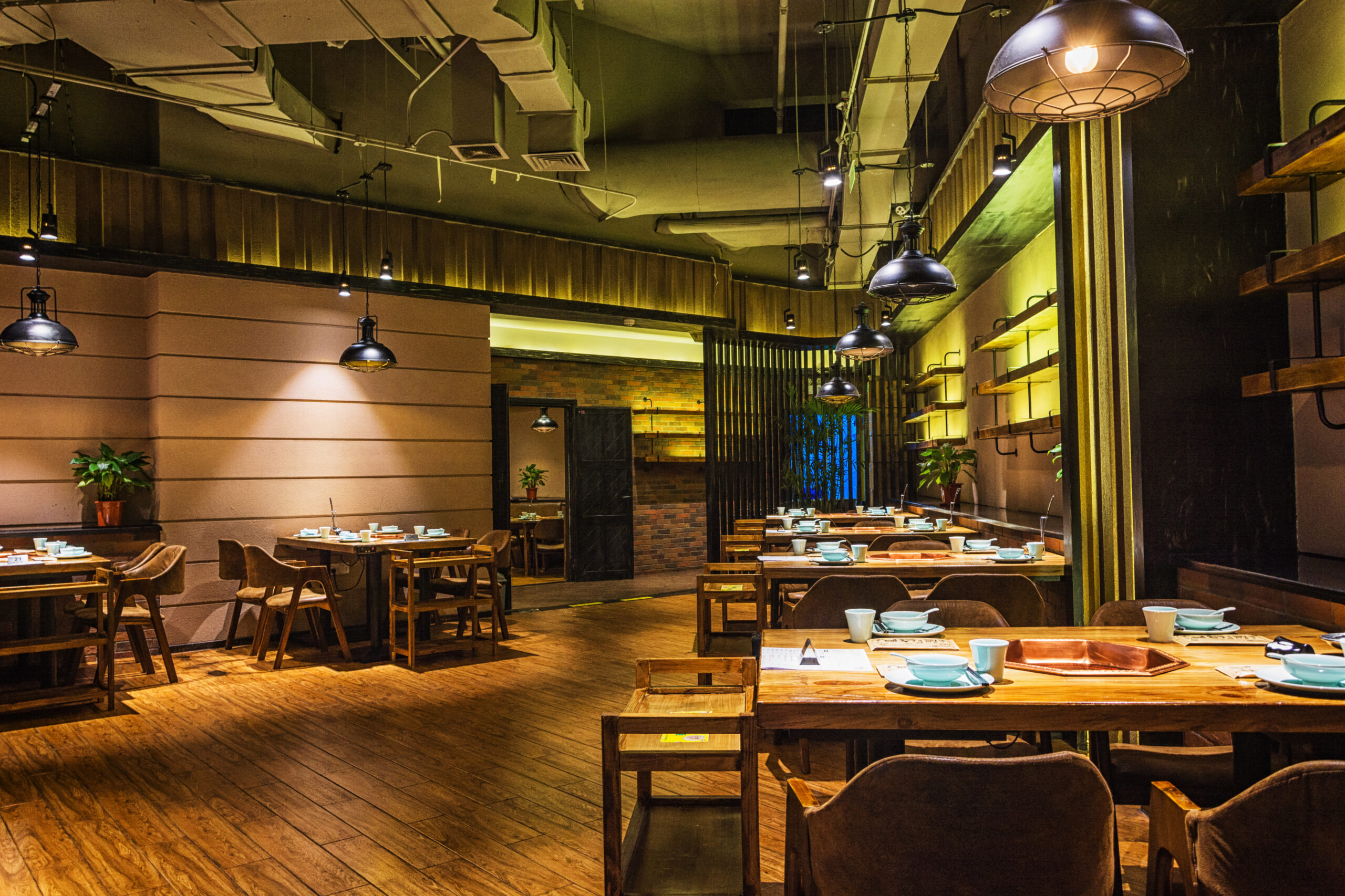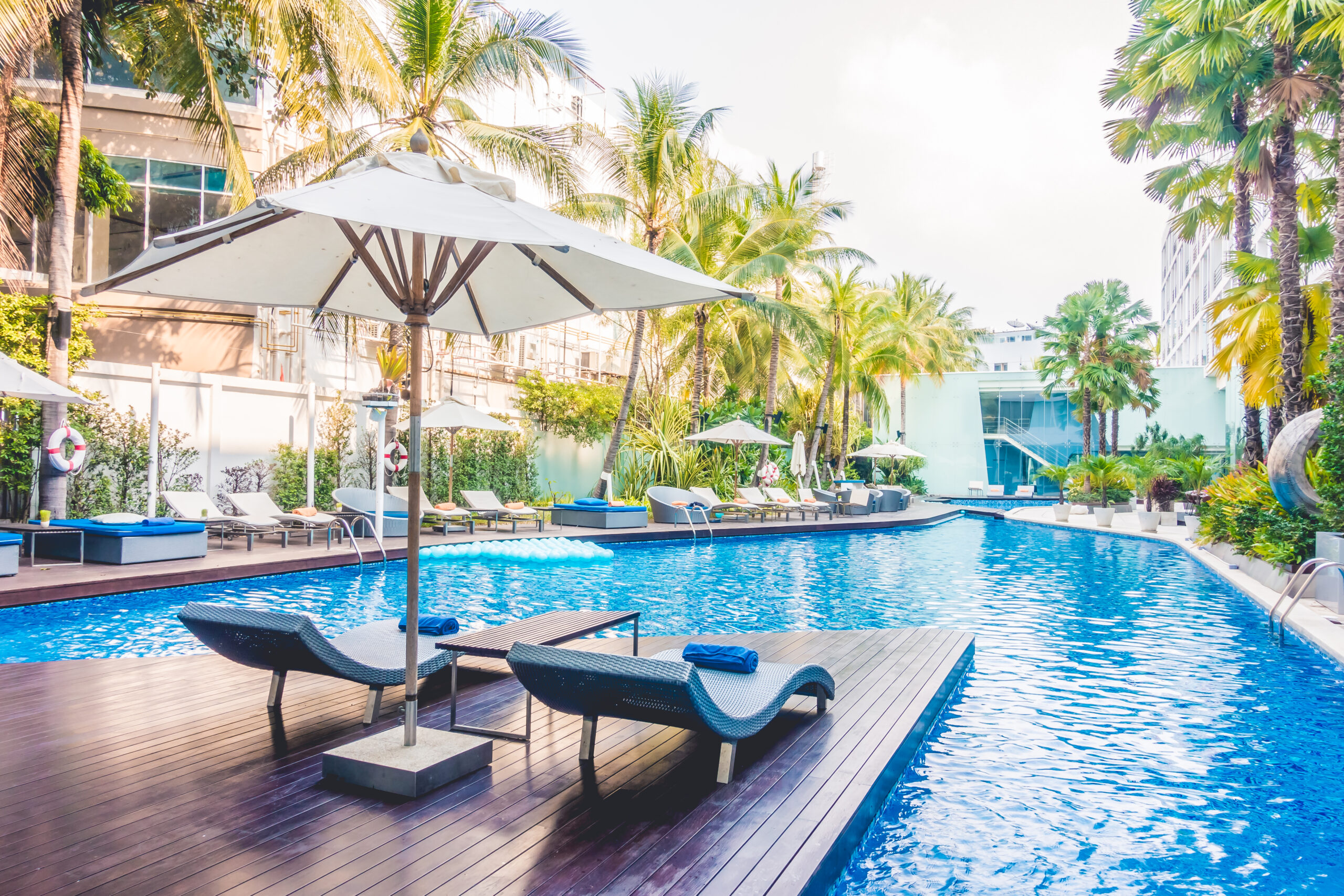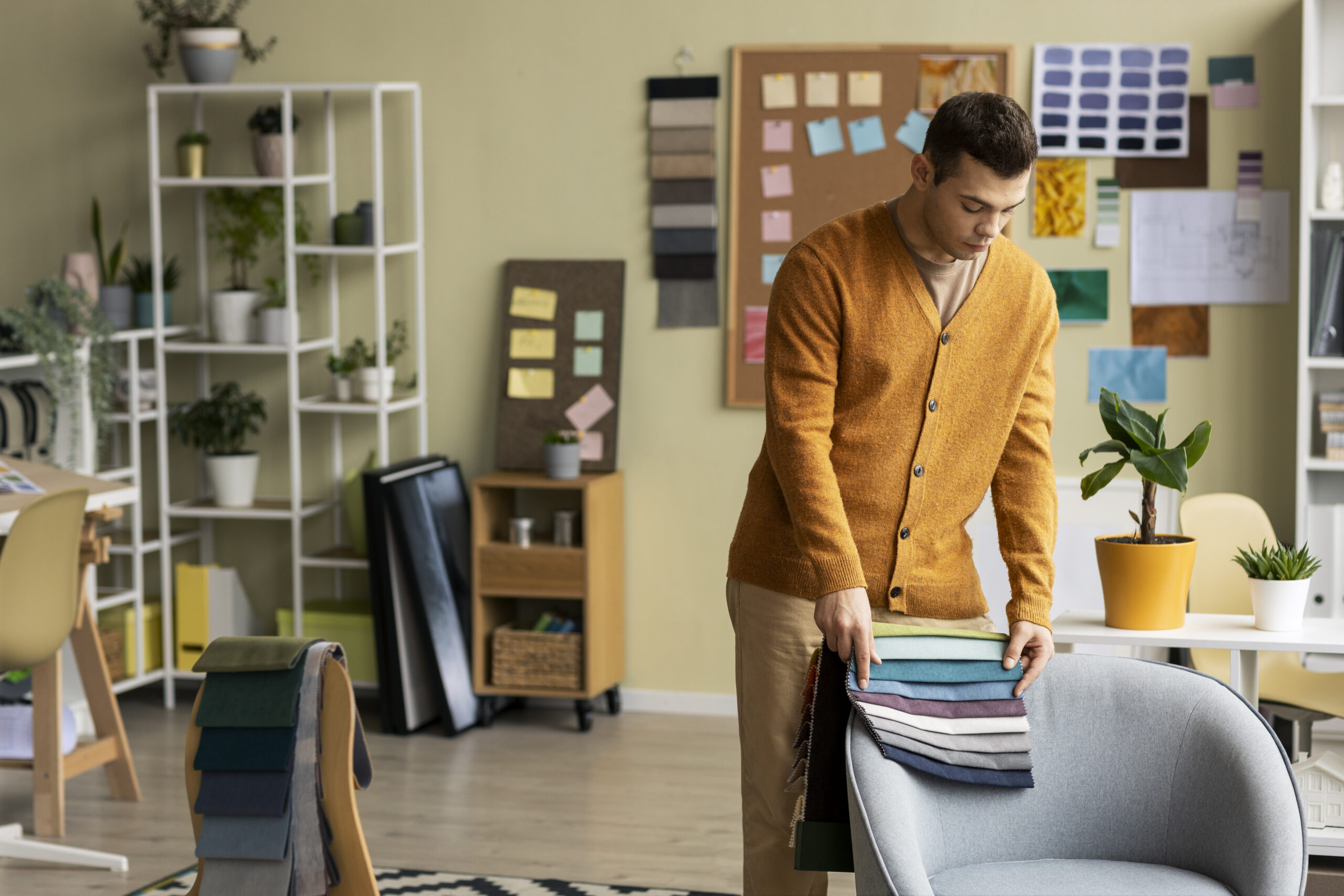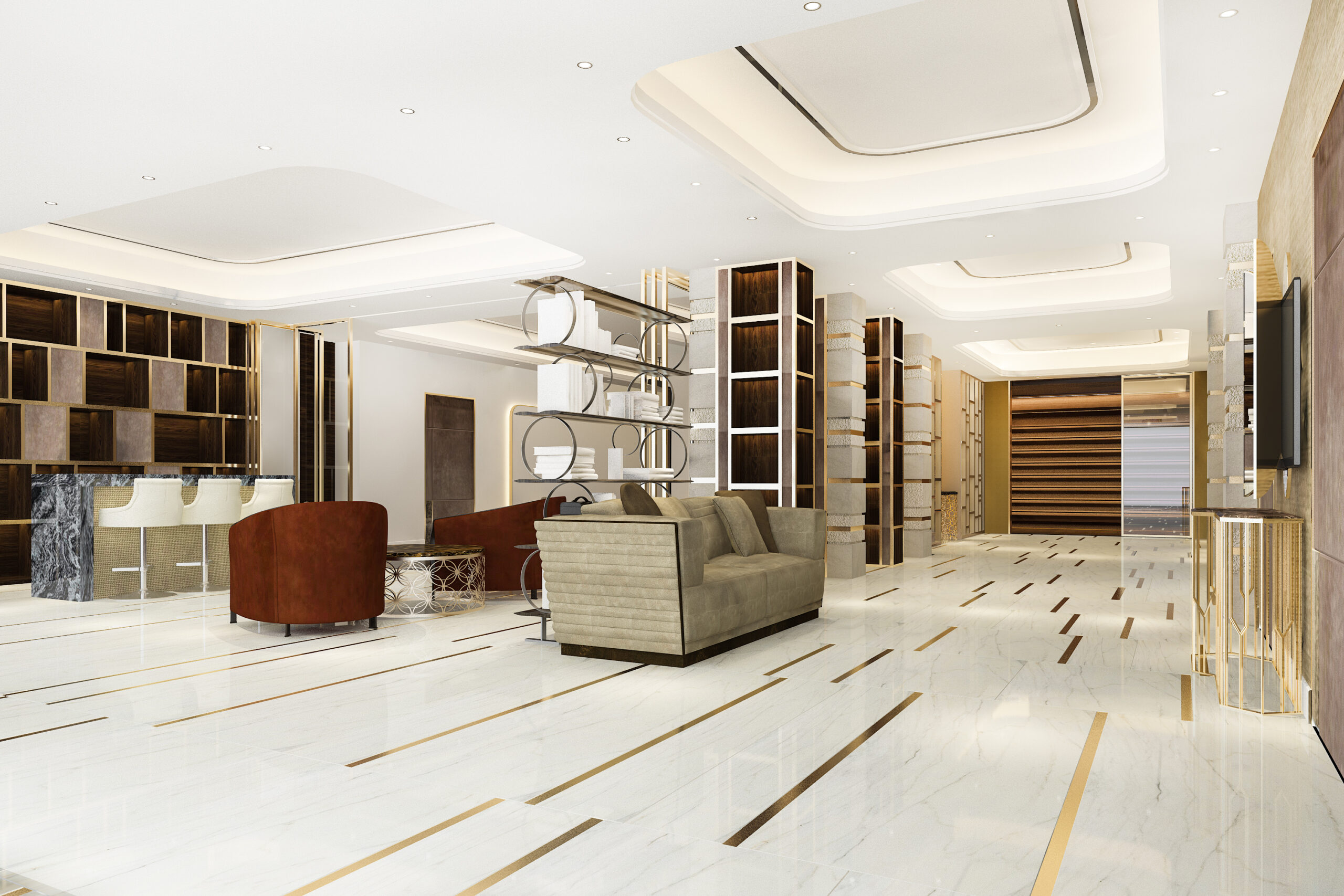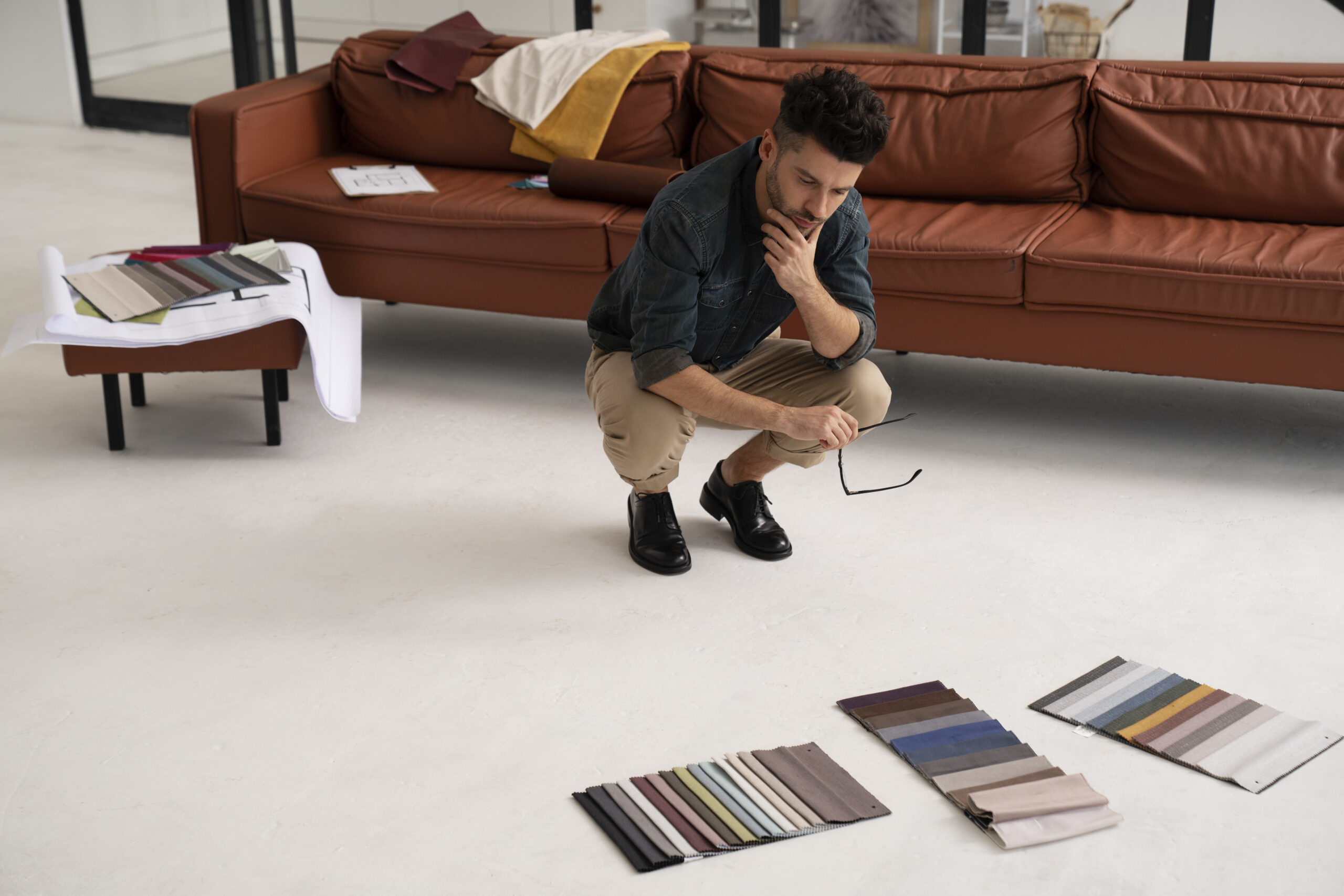In today’s competitive hospitality market, serving great food is no longer enough. Guests seek experiences, and the way a restaurant looks and feels plays a central role in shaping those experiences. Whether it’s a chic fine-dining restaurant, a vibrant café, or a casual family eatery, the restaurant interior design determines how comfortable, memorable, and engaging a dining experience becomes.
At Masar Groups, we specialize in creating innovative and timeless interiors for restaurants across Dubai and beyond. Our designs blend creativity with functionality, ensuring that every space captures the brand identity while offering diners an immersive environment.
This guide explores essential elements of restaurant interior design, including popular styles, materials, and spatial concepts that elevate the dining journey.
Why Restaurant Interior Design Matters
A well-designed restaurant does more than look attractive—it shapes customer behavior, influences how long they stay, and even how much they spend. Studies show that design elements like lighting, seating, and acoustics impact diners’ emotions, encouraging them to return.
Key reasons restaurant interior design is crucial:
- Reflects brand identity
- Enhances customer comfort and satisfaction
- Improves operational flow for staff
- Differentiates the restaurant from competitors
- Encourages repeat business and loyalty
At Masar Groups, our goal is to design restaurants that tell a story, blending ambiance with operational efficiency.
Popular Restaurant Interior Design Styles
1. Modern Minimalist
Sleek lines, neutral palettes, and clutter-free spaces define this style. Popular in fine dining and urban cafes, it creates a clean, calming atmosphere.
- Materials: Polished concrete, steel, glass, light wood
- Décor: Minimal artwork, geometric furniture, open layouts
2. Industrial Chic
Perfect for trendy cafes and bars, industrial interiors embrace raw finishes and exposed structures.
- Materials: Exposed brick walls, metal beams, reclaimed wood
- Décor: Pendant lighting, vintage accents, open ceilings
3. Rustic and Farmhouse
This style emphasizes warmth and coziness, often used in family-friendly or organic dining concepts.
- Materials: Natural wood, stone, terracotta
- Décor: Wooden beams, wicker furniture, earthy tones
4. Luxury Fine Dining
Sophisticated and opulent, this design style is perfect for high-end restaurants in Dubai.
- Materials: Marble, velvet, brass, crystal
- Décor: Chandeliers, bespoke furniture, curated art pieces
5. Themed Concepts
Restaurants with strong themes—Mediterranean, Japanese, or Arabian—immerse diners in unique cultural experiences.
- Materials & Décor: Depend on the theme; for example, tatami mats and shoji screens in Japanese dining, or rich tapestries and arches in Arabian settings.
6. Contemporary Fusion
This style blends multiple influences to create a dynamic, modern look. Perfect for restaurants targeting millennials and Gen Z diners.
- Materials: Mixed metals, bold colors, textured finishes
- Décor: Eclectic art, neon signage, playful furniture
Key Materials Used in Restaurant Interiors
Materials are more than just aesthetic choices—they influence durability, maintenance, and atmosphere.
1. Wood
- Warm, versatile, and timeless
- Commonly used for flooring, furniture, and paneling
- Works in both rustic and modern concepts
2. Stone and Marble
- Adds luxury and sophistication
- Durable and ideal for tabletops and counters
- Widely used in fine dining designs in Dubai
3. Metal
- Industrial vibe with durability
- Common for lighting fixtures, shelving, and accents
- Pairs well with wood for balanced aesthetics
4. Glass
- Creates openness and transparency
- Used in partitions, windows, and decorative walls
- Enhances natural light
5. Fabric and Upholstery
- Brings comfort and color
- Common for seating, cushions, and curtains
- Needs careful selection for durability and stain resistance
6. Sustainable Materials
- Bamboo, recycled wood, eco-friendly tiles
- Increasingly popular for environmentally conscious brands
At Masar Groups, we curate materials not only for their beauty but also for functionality, ensuring each restaurant design stands the test of time.
Spatial Concepts in Restaurant Interior Design
Designing the spatial layout is critical to balancing customer comfort with operational efficiency.
1. Entrance and Reception
The entrance is the first impression. It should clearly communicate the restaurant’s concept and set the tone.
- Statement doors, signage, and waiting lounges add appeal.
2. Seating Arrangements
Seating must balance density with comfort.
- Fine dining: wider spacing, intimate booths
- Cafés: communal tables, cozy nooks
- Fast dining: compact, efficient layouts
3. Lighting Design
Lighting shapes ambiance.
- Ambient lighting: overall brightness
- Accent lighting: highlights décor and artwork
- Task lighting: essential for bars and kitchens
4. Acoustic Planning
Noise control is often overlooked but essential.
- Acoustic panels, carpets, and upholstered seating reduce echoes
- Softer soundscapes enhance comfort
5. Bar and Service Areas
Bars and counters should be functional focal points. Their design must be both efficient for staff and attractive for guests.
6. Restrooms
Often underestimated, restrooms impact overall customer perception. Luxury finishes and thoughtful design here elevate brand reputation.
7. Outdoor Dining
In Dubai, outdoor terraces and rooftop dining are highly sought after.
- Shaded pergolas, greenery, and ambient lighting create inviting al fresco experiences.
Color Psychology in Restaurant Design
Colors influence appetite and mood.
- Red and orange: stimulate appetite and energy—great for fast food
- Yellow: cheerful, attracts attention
- Green: emphasizes freshness and health—ideal for organic cafes
- Blue: calming, often used in seafood or fine dining
- Neutral tones: sophisticated and versatile for luxury spaces
Masar Groups leverages color psychology to create interiors that subtly influence guest behavior.
Branding Through Interior Design
Restaurant interiors must align with the brand identity. For example:
- A fine dining French restaurant may emphasize elegance with chandeliers and white linens.
- A hip burger joint might embrace graffiti walls and neon signs.
- A health-focused café could incorporate greenery and natural finishes.
At Masar Groups, we ensure the interior design becomes an extension of the brand story.
Trends in Restaurant Interior Design in Dubai
- Biophilic Design: Incorporating greenery and natural light for wellness.
- Open Kitchens: Transparency builds trust and engagement.
- Interactive Dining: Spaces for live cooking and chef’s tables.
- Sustainability: Energy-efficient lighting and eco-friendly materials.
- Instagrammable Décor: Bold features that encourage social media sharing.
Conclusion
A successful restaurant isn’t just about the menu—it’s about creating an unforgettable experience through design, ambiance, and flow. From styles and materials to spatial concepts, every element of restaurant interior design contributes to shaping a brand identity and delighting customers.
At Masar Groups, we specialize in crafting bespoke restaurant interiors that reflect innovation, elegance, and functionality. Whether you’re planning a luxury fine dining space, a themed café, or a casual eatery in Dubai, our team is dedicated to bringing your vision to life with world-class expertise.
If you’re ready to design a restaurant that excites, inspires, and endures, trust Masar Groups to make it happen.

